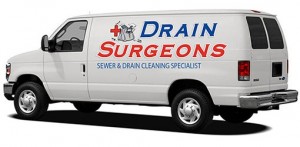Growth is always seen as a positive attribute until it reaches your own body. If I tell you, for example, I will grow your wallet or your bank account by a few thousand dollars, this is seen as a good proposal. But if I tell you, grow your body bigger by 20%, this is seen as a negative proposal. Wallet fatter ok, waist line fatter, not OK. So what gives?
The difference, in short, is in the infrastructure. You cannot build a Dodge Ram size vehicle on a Mini Cooper vehicle chassis. But if you do, you will overload and maybe break that Mini chassis. The same concept applies in the case of your body, since the infrastructure (your chassis / skeleton / backbone) is “fixed”, any additional growth (beyond normal BMI) is seen as negative since such growth will strain your body and its organs (engine/heart overload, also auxiliary/organs overload). The only way adding pounds to your body will be seen as positive is when you can scale up your skeleton; add 1 foot of skeletal structure along your height, hypothetically, and add a few pounds, no problem whatsoever.
In the process of growing a business, operators forget to scale up their business quickly. Your business grows by 50%, then you don’t keep the same business skeleton, you will need to hire more people, invest in new facilities, or else you will strain your resources, and your best workers will leave you (or fail on you, similar to body kidney failure with overload.)
When you get a bigger family, you will need to scale up; bigger home, hire maid service, etc. Absent that, the system will not be sustainable, unhappiness ensues.
The lesson learnt; good growth is accompanied with commensurate infrastructural growth. This may seem like common sense, but it is most frequently ignored because of the immediate added cost to scale up the infrastructure. The long-term cost of not adding it quickly is much higher.

Recent Comments